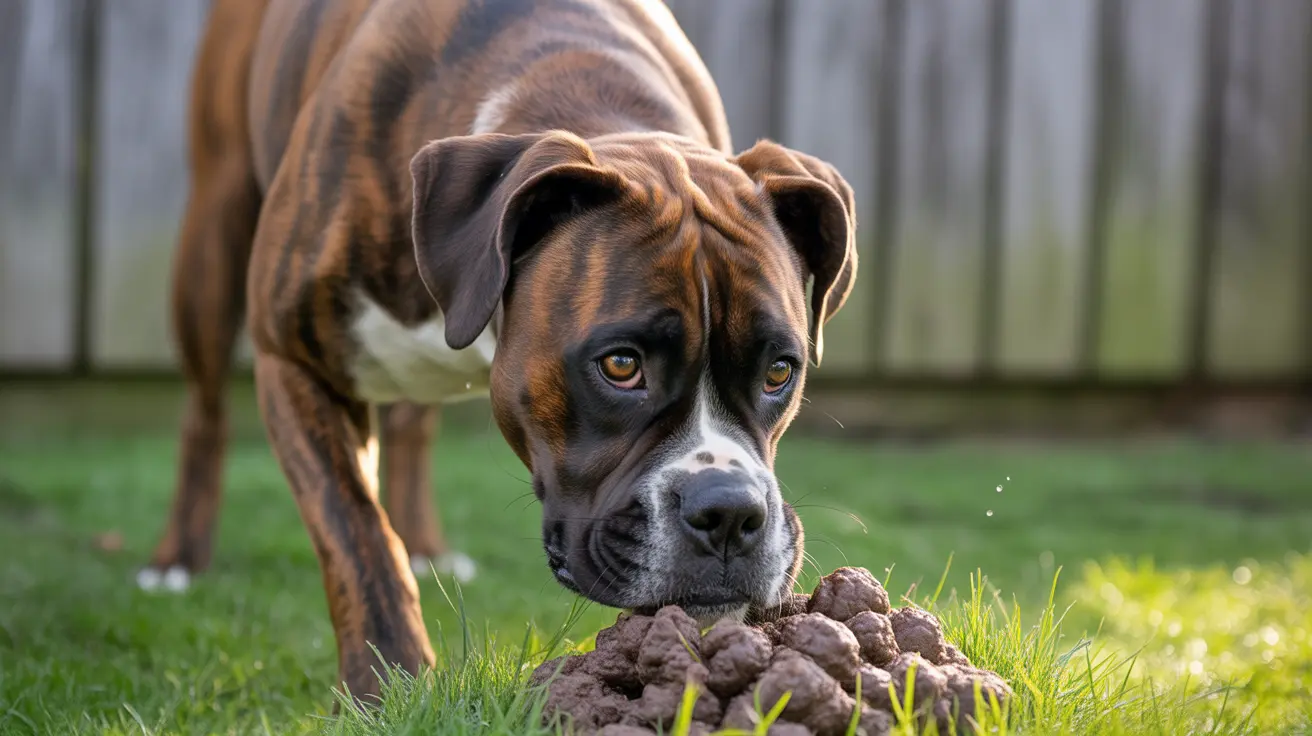When your dog develops phlebitis, or inflammation of the veins, it can be a concerning condition that requires prompt veterinary attention. Most commonly occurring as a result of intravenous (IV) catheter use, this vascular condition can affect dogs of any age, though very young and elderly pets are particularly susceptible.
In this comprehensive guide, we'll explore everything pet owners need to know about phlebitis in dogs, from its causes and symptoms to effective treatment approaches and prevention strategies.
What Causes Phlebitis in Dogs?
The most common trigger for phlebitis in dogs is trauma to the veins, typically from IV catheter placement during medical procedures or emergency care. Other significant causes include:
- Bacterial infections at catheter sites
- Blood clot formation (thrombosis)
- Physical trauma to blood vessels
- Underlying health conditions affecting blood flow
- Immune system disorders
Dogs with compromised immune systems, such as puppies and senior dogs, face a higher risk of developing this condition. Additionally, factors like obesity, limited mobility, and chronic illnesses can increase the likelihood of phlebitis occurring.
Recognizing the Signs and Symptoms
Early detection of phlebitis in dogs is crucial for successful treatment. Watch for these common indicators:
- Redness and swelling along the affected vein
- Warm or hot sensation when touching the area
- Visible cord-like veins under the skin
- Pain or discomfort when the area is touched
- Decreased activity levels
- Fever, particularly if infection is present
- Swelling in the affected limb
Diagnosis and Veterinary Assessment
Your veterinarian will conduct a thorough examination to confirm phlebitis and determine its severity. The diagnostic process typically includes:
- Physical examination of affected areas
- Blood tests to check for infection markers
- Ultrasound imaging to assess blood flow
- Blood cultures if bacterial infection is suspected
- Additional imaging to rule out other conditions
Treatment Approaches and Recovery
Treatment for phlebitis in dogs focuses on addressing the underlying cause and managing symptoms. The typical treatment protocol includes:
- Immediate removal of any IV catheters
- Antibiotic therapy for infected cases
- Anti-inflammatory medications
- Pain management as needed
- Warm compresses to improve circulation
- Regular monitoring of healing progress
Most dogs respond well to treatment, with symptoms improving within three weeks when appropriate care is provided. However, completing the full course of prescribed medications is essential for proper healing.
Prevention and Long-term Management
Preventing phlebitis in dogs primarily involves proper catheter care and management during veterinary procedures. Key preventive measures include:
- Using sterile techniques during catheter placement
- Regular monitoring of catheter sites
- Prompt removal of IV lines when no longer needed
- Maintaining good overall health and immune function
- Regular veterinary check-ups
Frequently Asked Questions
What are the common symptoms of phlebitis in dogs, and how can I identify them?
The most common symptoms include redness and swelling along the vein, warmth at the affected area, visible cord-like veins, pain or tenderness when touched, and sometimes fever. If you notice these signs, especially after IV catheter placement, contact your veterinarian immediately.
How is phlebitis in dogs typically diagnosed, and what tests might my vet perform?
Veterinarians diagnose phlebitis through physical examination, blood tests, ultrasound imaging, and sometimes blood cultures. These tests help determine the extent of inflammation and whether infection is present.
What are the most effective ways to treat phlebitis in dogs, and how long does recovery usually take?
Treatment typically involves removing any IV catheters, administering antibiotics if infection is present, and using anti-inflammatory medications. Most dogs recover within three weeks with proper treatment and care.
Can phlebitis in dogs be prevented, and what precautions should I take with IV catheters?
Prevention focuses on proper catheter placement and maintenance, using sterile techniques, and regular monitoring of catheter sites. Working with experienced veterinary professionals and following proper protocols significantly reduces risk.
What are the potential complications of untreated phlebitis in dogs, and how can they be managed?
Untreated phlebitis can lead to serious complications including systemic infection, blood clots, and chronic inflammation. Early detection and proper treatment are essential to prevent these complications.
Remember, while phlebitis in dogs can be concerning, most cases respond well to proper veterinary care and treatment. If you notice any signs of vein inflammation in your pet, particularly after medical procedures involving IV catheters, don't hesitate to contact your veterinarian for prompt evaluation and care.






